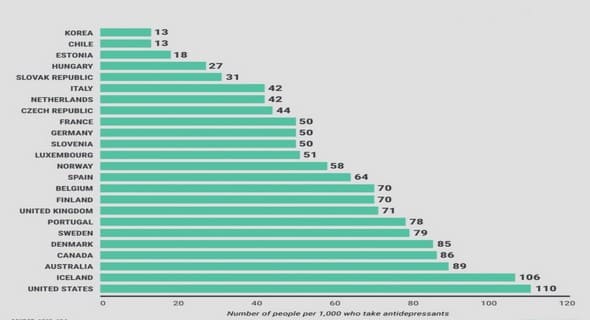(Downloads - 0)
For more info about our services contact : help@bestpfe.com
Table of contents
Introduction
1 The Standard Model and beyond
1.1 QCD
1.2 The Glashow-Salam-Weinberg Model
1.2.1 Gauge sector
1.2.2 Fermionic gauge sector
1.2.3 Higgs sector
1.2.4 Fermionic scalar sector
1.2.5 Quantisation: Gauge-fixing and Ghost Lagrangian
1.2.6 One-loop renormalisation
1.3 Higgs Feynman Rules
1.4 Problems of the Standard Model
1.5 Minimal Supersymmetric Standard Model
1.5.1 The Higgs sector of the MSSM
1.5.2 Higgs couplings to gauge bosons and heavy quarks
2 Standard Model Higgs production at the LHC
2.1 The Large Hadron Collider
2.2 SM Higgs production at the LHC
2.3 Experimental signatures of the SM Higgs
2.4 Summary and outlook
3 Standard Model b¯bH production at the LHC
3.1 Motivation
3.2 General considerations
3.2.1 Leading order considerations
3.2.2 Electroweak Yukawa-type contributions, novel characteristics
3.2.3 Three classes of diagrams and the chiral structure at one-loop
3.3 Renormalisation
3.4 Calculation details
3.4.1 Loop integrals, Gram determinants and phase space integrals
3.4.2 Checks on the results
3.5 Results: MH < 2MW
3.5.1 Input parameters and kinematical cuts
3.5.2 NLO EW correction with λbbH 6= 0
3.5.3 EW correction in the limit of vanishing λbbH
3.6 Summary
4 Landau singularities
4.1 Singularities of complex integrals
4.2 Landau equations for one-loop integrals
4.3 Necessary and sufficient conditions for Landau singularities
4.4 Nature of Landau singularities
4.4.1 Nature of leading Landau singularities
4.4.2 Nature of sub-LLS
4.5 Conditions for leading Landau singularities to terminate
4.6 Special solutions of Landau equations
4.6.1 Infrared and collinear divergences
4.6.2 Double parton scattering singularity
5 SM b¯bH production at the LHC: MH ≥ 2MW
5.1 Motivation
5.2 Landau singularities in gg → b¯bH
5.2.1 Three point function
5.2.2 Four point function
5.2.3 Conditions on external parameters to have LLS
5.3 The width as a regulator of Landau singularities
5.4 Calculation and checks
5.5 Results in the limit of vanishing λbbH
5.5.1 Total cross section
5.5.2 Distributions
5.6 Results at NLO with λbbH 6= 0
5.6.1 Width effect at NLO
5.6.2 NLO corrections with mb 6= 0
5.7 Summary
6 Conclusions
A The helicity amplitude method
A.1 The method
A.2 Transversality and gauge invariance
B Optimization with FORM
B.1 Optimization
B.2 Technical details
B.3 Automation with FORM
C Phase space integral
C.1 2 → 3 phase space integral
C.2 Numerical integration with BASES
D Mathematics
D.1 Logarithms and Powers
D.2 Dilogarithms
D.3 Gamma and Beta functions
D.4 Integrals
E Scalar box integrals with complex masses
E.1 Integral with two opposite lightlike external momenta
E.2 Integral with two adjacent lightlike external momenta
Bibliography



